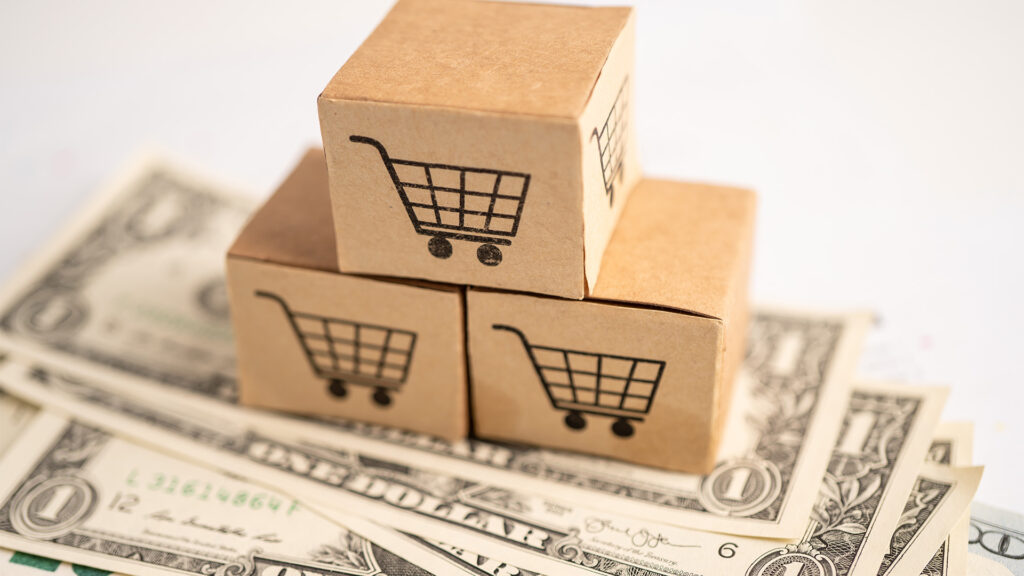US retail sales were unchanged in June, surprising many, though the underlying trend remained strong. This could boost economic growth estimates for the second quarter.
The flat reading in retail sales last month followed an upwardly revised 0.3% gain in May (originally reported as a 0.1% rise). This May revision has positively impacted the GDP outlook.
Economists had forecasted a 0.3% decline for June. The better-than-expected result confirmed the continuing resilience of American consumers, unlike in Australia, where retail activity is moribund.
The US Census Bureau, which compiles the monthly data, had previously revised April’s sales downward to a 0.2% decline, from unchanged. Sales rose 0.6% in March and 0.9% in February. This follows a 1.1% drop in January, partly due to freezing weather across much of the US.
Excluding automobiles, gasoline, building materials, and food, retail sales surged 0.9% last month after rising 0.4% in May. These so-called core retail sales most closely correspond with the consumer spending component of gross domestic product.
The data offers only a partial look at consumer spending, excluding many services like travel and hotels. However, the lone services category, restaurants, saw a 0.3% rise. Online sales saw a 1.9% increase, while clothing and accessories store sales rose 0.6%. Department stores posted a 0.6% increase as well.
Sales at outlets selling building materials and garden supplies rose 1.4%, including DIY chains like Home Depot and Lowe’s Cos.
The no-growth outcome for the month was somewhat misleading. Petrol prices fell in June, causing a 0.3% drop in sales at service stations. Additionally, car sales fell 0.2% as many dealers were disrupted by cyberattacks on a software supplier, halting sales for several days or more.
The better performance in June and the revision to May’s initially reported weakness should result in stronger second-quarter earnings reports from many retailers over the next month to six weeks. However, they may also indicate consumers trading down and substituting products for cheaper versions.
GDP growth for the June quarter was estimated at around a 2% rate before the retail sales data and will likely be upgraded slightly. The economy grew at a 1.4% rate in the first quarter.
The 0.1% drop in inflation in June made the retail sales figure a bit stronger (retail sales are not adjusted for inflation, so when inflation is high, retail sales appear stronger).

